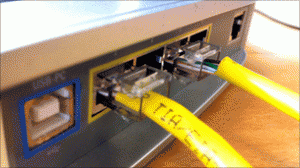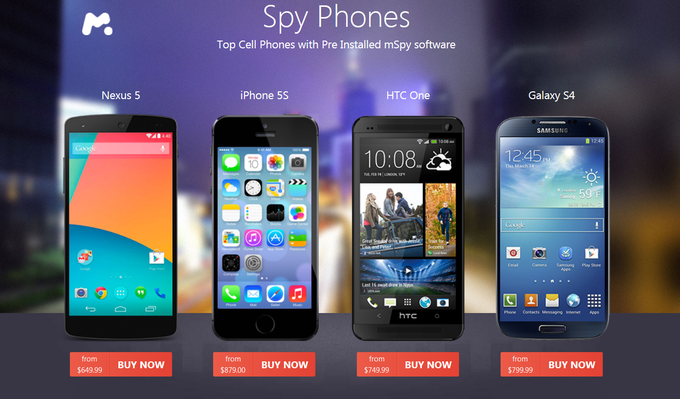The biggest ever test of the internet’s new address system is taking place.
Google, Yahoo, Microsoft Bing and Facebook are among the companies switching-on IPv6 versions of their websites for the one day trial.
The technology is gradually being introduced because the world is running out of older IPv4 addresses as more devices come online.
Companies and home users may need new networking equipment. However the transition is likely to take years.
World IPv6 day is partly a technical exercise by internet companies to see how the technology works, and partly an awareness-raising initiative.
For the small percentage of users already set up to access IPv6, they will be able to connect through the usual URLs – such as Google.com or Yahoo.com.
Behind the scenes, their browsers will be pointed to the new, much longer IP address.
New equipment
Groups involved in IPv6 day say that everyone will have to make the change eventually, but users should not worry at this stage if they are not switched over.
“This is not a year 2000 thing. Planes are not going to start falling out of the sky,” said Philip Sheldrake, a board member at non-profit group 6UK, which is helping to promote the system.
“The web will continue to work, but future growth would be stymied. It is just like when we used up the phone numbers in London.”
For users with an ordinary domestic internet connection, the changeover may involve upgrading their hardware.
“A lot of routers at the moment are already capable of supporting IPv6. What they need is a firmware update,” explained Richard Fletcher, chief operating officer at Plusnet, a UK internet service provider (ISP)
“ISPs should ship new routers or offer those updates. We are making sure all our fibre routers are ready for IPv6.”
Mr Fletcher said that the long term nature of the changeover meant that customers of most ISPs would receive compatible equipment through the natural cycle of upgrades.
The business end
Becoming IPv6 compatible is a slightly more complicated task for corporate internet users.
Bringing their systems up to standard will typically involve investing in and installing new networking systems.
As with home users, for many this will form part of the normal cycle of upgrading and replacing.
However, the lack of any firm deadline, combined with the hefty price tag, means that some are dragging their heels.
“Corporates are probably quite far behind,” said Sebastien Lahtinen from Thinkbroadband.com.
“They are trying to put off the expense and there are a lot of technologies that they can use to do that.”
However, Mr Lahtinen said that the leaders of those businesses should realise that this change was going to happen and that they needed to make the investment.
Even though IPv4 will continue working for at least the next decade, there is value in changing early according to Philip Sheldrake.
“You have to make the transition. It is better to do that sooner than later because it demonstrates that you are a modern, well organised company that is visible on the modern infrastructure of the internet.”
Source : BBC




































